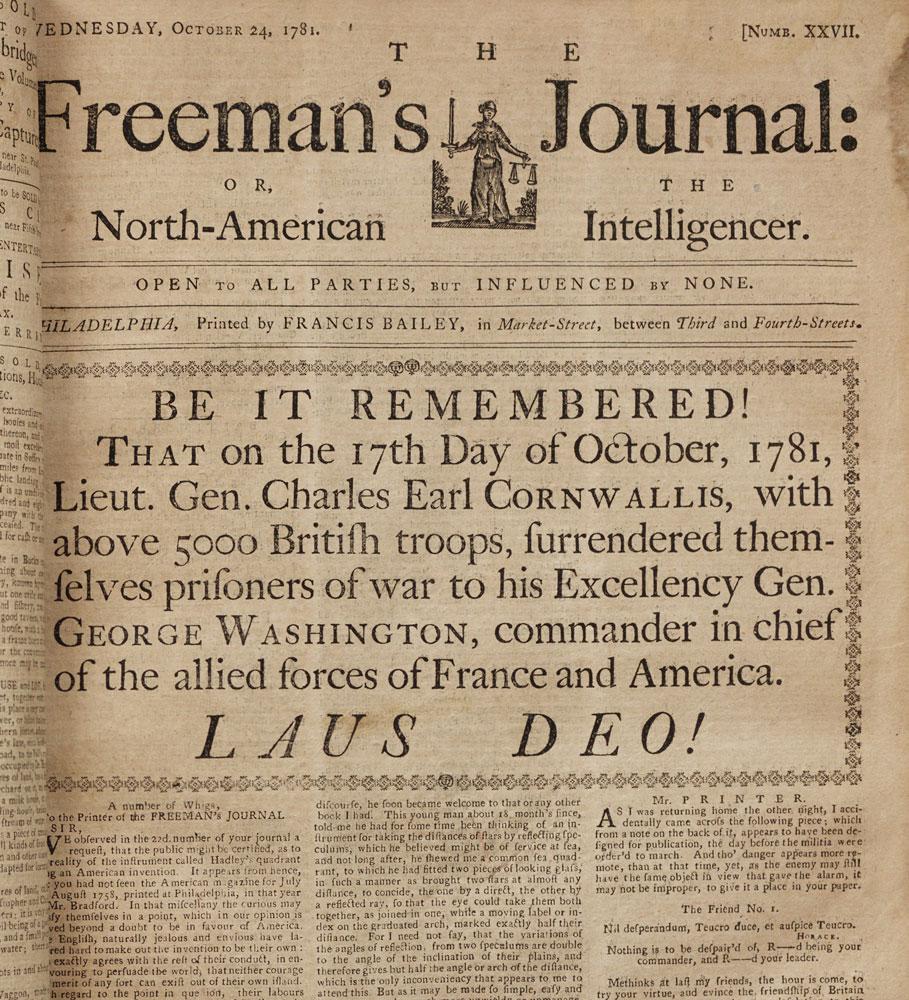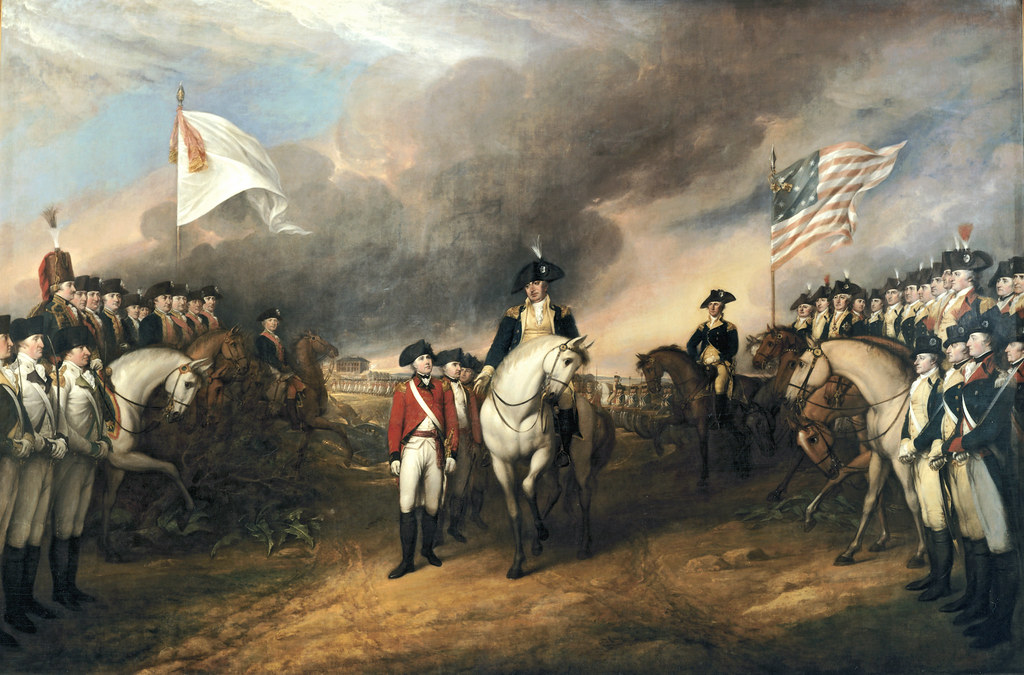"Busily employed in getting the Batteries of the Second parallel completed..."
-October 1781 Journal of George Washington (National Archives)
Image of the Moore House.
(Credit: Angela Owen)
With Redoubts 9 and 10 captured, work on the Second Parallel continued. The redoubts were built into the parallel, and were turned into smaller batteries. On October 16, the Second Parallel was finished; including new batteries, trench, and more ditch. With the parallel completed, Cornwallis knew the Americans had the upper hand. He ordered an attack on a French battery that ultimately failed. He began having troops ferried across the York River, but a storm came through, shutting down the operation. Batteries and artillery based on the Second Parallel were constantly destroying British fortifications, leaving them in a hopeless situation with no way to retreat.
On October 17, a British Drummer and Officer exited Yorktown carrying a white flag, indicating a request for a ceasefire. A ceasefire was called and Washington began exchanging letters with Cornwallis to draft the terms of surrender. They decided that four officers, two British and the other two French and American, would meet at the Moore House to negotiate the British surrender the next day.

